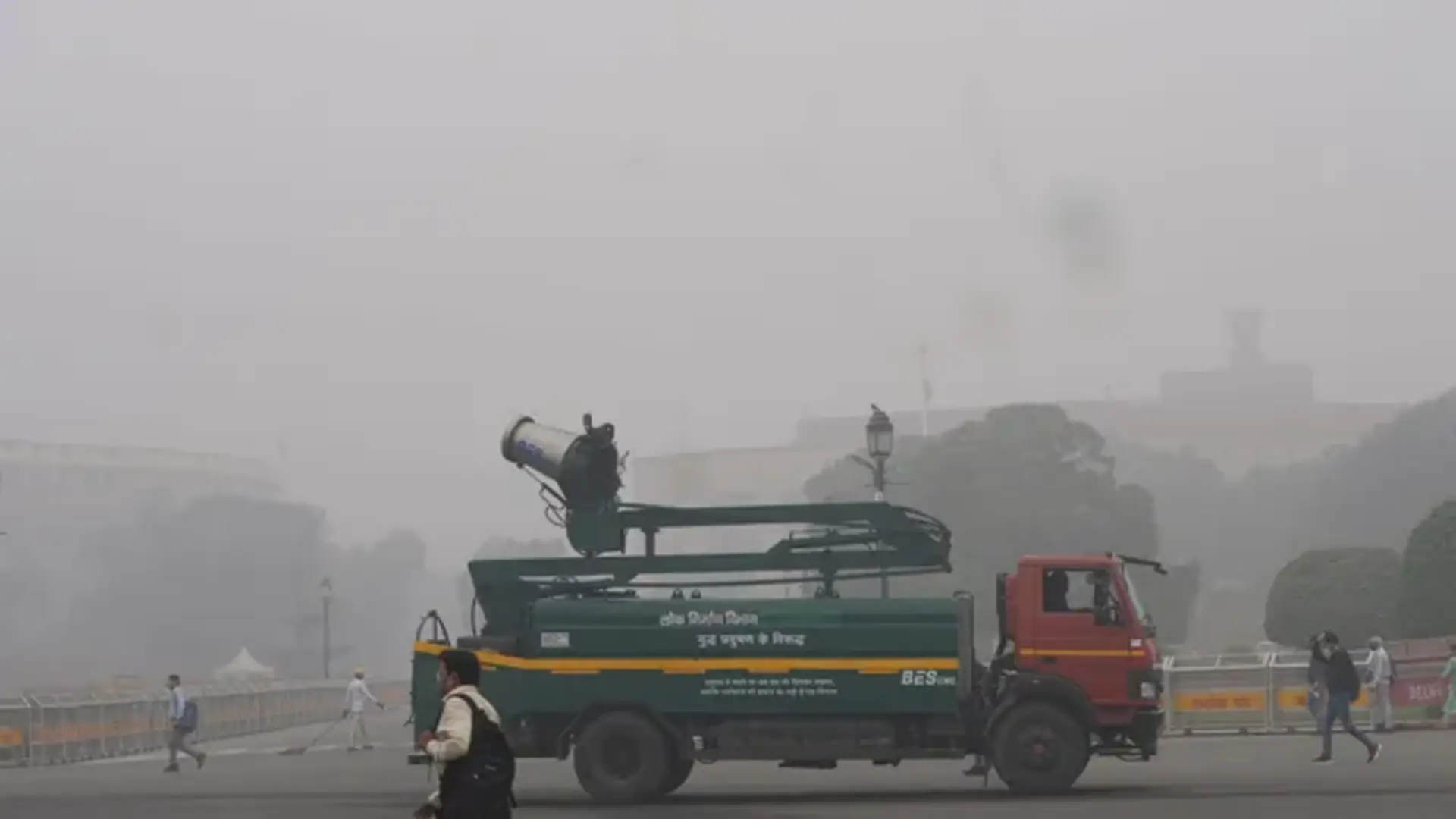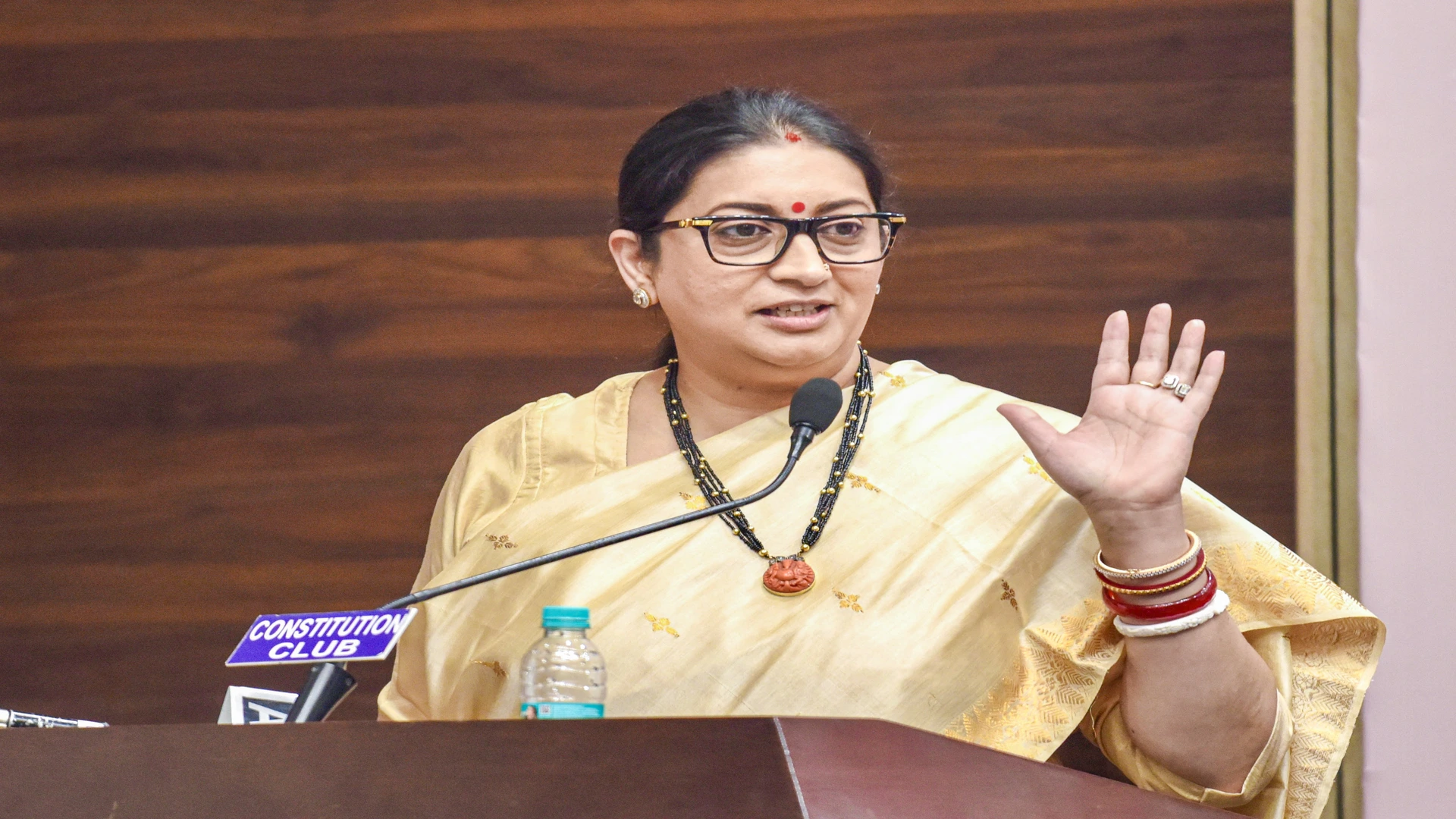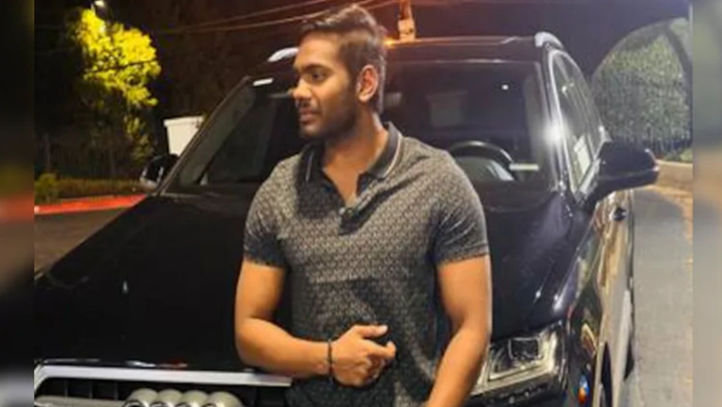In the evolving landscape of urban transportation, ridesharing services like Uber have become ubiquitous, offering convenience and flexibility for city dwellers and visitors alike. However, with the rise of these services, questions about liability and insurance coverage in the event of an accident have become increasingly complex. Determining who’s at fault in an Uber accident matters a lot, whether you’re riding, driving, or just happened to be part of the mishap. The following information breaks down the tricky details, showing you the rules about who has to take the blame after something goes wrong with an Uber ride.
Understanding Uber’s Insurance Coverage
Uber offers insurance coverage to its drivers, which varies based on the condition of the driver at the time of the accident. When the Uber app is off, the driver’s personal insurance is the primary coverage. Once the driver logs into the app but has not yet accepted a ride, Uber provides limited liability coverage. The most comprehensive coverage kicks in from the moment a ride request is accepted until the passenger is dropped off. This includes third-party liability, uninsured/underinsured motorist coverage, and contingent comprehensive and collision insurance. This tiered approach to insurance coverage plays a pivotal role in determining liability in the event of an accident.
Liability When the Driver Is at Fault
If an Uber driver is at fault for an accident while carrying a passenger or enroute to pick one up, Uber’s commercial insurance policy is designed to cover the damages. This policy covers a lot for major accidents, for example – if someone is seriously injured, whether it’s passengers, people walking by, or folks in other cars. But, obtaining compensation from this insurance can be tricky. It’s important to really understand how rideshare insurance policies function.
Situations Involving Third-Party Liability
Accidents involving Uber vehicles are not always the fault of the rideshare driver. In cases where another motorist is at fault, that driver’s personal auto insurance is typically the primary source of compensation for any damages or injuries. However, if the at-fault party lacks sufficient insurance or is uninsured, Uber’s uninsured/underinsured motorist coverage may come into effect, providing an additional layer of protection for passengers and, in some cases, the Uber driver themselves.
The Role of Personal Insurance and State Laws
The liability puzzle becomes more complicated when considering the driver’s personal insurance and the variances in state laws regarding rideshare companies. Some personal auto insurance policies exclude coverage when the vehicle is used for commercial purposes, including ridesharing. Also, the laws in different states can change how blame is assigned and what insurance rideshare cars need to have. Since every place has its own set of rules and regulations, it’s very important to know about the local laws and how they work with Uber’s rules and the driver’s own insurance.
Determining liability after an Uber accident involves navigating a complex interplay of the driver’s status, insurance coverage tiers, and state-specific legal frameworks. Whether you’re a passenger, an Uber driver, or a third party affected by such an accident, understanding these factors is key to seeking compensation and protecting your rights. The responsibility for damages can shift based on the circumstances of the accident, the insurance policies in effect, and the applicable legal standards. As ridesharing apps keep changing, the rules and laws around them are also bound to shift. It’s essential for everyone involved to keep up with what rights and duties they have if there’s ever an accident with an Uber.















